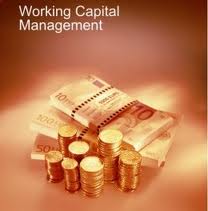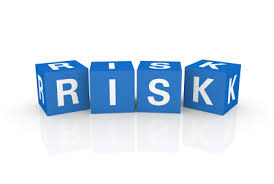Working capital in formula terms it is current assets – current liabilities. In conceptual terms it is the amount required to meet the requirements for day to day operations. If current assets is greater than current liabilities it obviously refers that company is in safer position to run its production process whereas in reverse condition company has to fulfill its liabilities to ensure efficient production, which may lead to bankruptcy if not taken care of in the earliest.
Working capital management can be defined as the decisions made towards the working capital and the short-term financing. The main objective of working capital management is to make sure that the business is able to perform its day to day operations with sufficient resources while having enough capabilities in full filling all its debt obligations without any difficulties.
Working capital is categorized under two concepts. These are:
Gross working capital: (Total Current Assets)
Under this concept, the total current assets are known to be the gross working capital. Assets which can be easily liquidated easily, within a period of less a year is called as current assets. Hence under this concept, the sum of all current assets is referred to as the gross working capital of the firm.
Net working capital: (Total Current Assets – Total Current Liabilities)
Net working capital can be defined as the difference between current assets and current liabilities. The net working capital can be either positive or negative. A positive net working capital comes into picture when the total current assets is more than the total current liabilities and a negative net working capital will arise when current liabilities exceed current assets i.e. there is no working capital. Firms ensure that it always has a positive net working capital.
The need for working capital changes from period to period. To carry out operations without any obstacles, a certain level of current assets must be maintained on a continual basis. This minimum level of maintaining a current asset level can be termed as permanent working capital.
Any amount over the permanent working level of working capital is defined as temporary working capital level. Due to the seasonal changes, to address the business activity level, temporary working capital is required along the permanent working capital.
The organization should have optimal level of working capital. There is large number of factors influencing the working capital needs. The below following are some factors determining working capital:
Nature of Business
Working capital requirements of an organization is largely influenced by the nature of the business. A company like railways does not require large amount of working capital since it requires mainly fixed assets and heavy equipment’s. On contrary, company like Toshiba JSW requires high amount of working capital since the inventory level and the payments to the creditors is a day to day activity.
Size of Business
Larger the size of business, greater would be the need for working capital. The size of the business can be measured by the scale of operations it performs.
Growth and Expansion
As an organization grow its quite obvious to infer that the scale of operations would increase resulting in an increasing requirement of working capital.
Business cycle fluctuations
In case of boom conditions, due to the inflationary pressure, the working capital requirement is more when compared to the recession period, when the working capital requirement is low.
Production Cycle
When the production cycle of an organization is long, the working capital requirement will be high since the duration of work in progress is high.
Company Policies
Last but not least, company policies also play an important role in determining the working capital. These policies are:
- Production policy
- Credit policy towards sales
- Credit policy towards purchases
- Dividend policy
- Depreciation policy
Click here for government certification in Accounting, Banking & Finance





12 Comments. Leave new
Nice
Good effort
Such articles help in brushing up the basic accounting concepts. It surely did mine. Thanks
Commendable work!Keep it up..
Nice article
revision of class 12 business studies 🙂
Thanks for helping me out with the basics
good one 🙂
Very well Structured Article 😀
GOod work 😀
Nice work 🙂
keep up the good work 🙂
This article should be considered by every entrepreneur. Well written 🙂